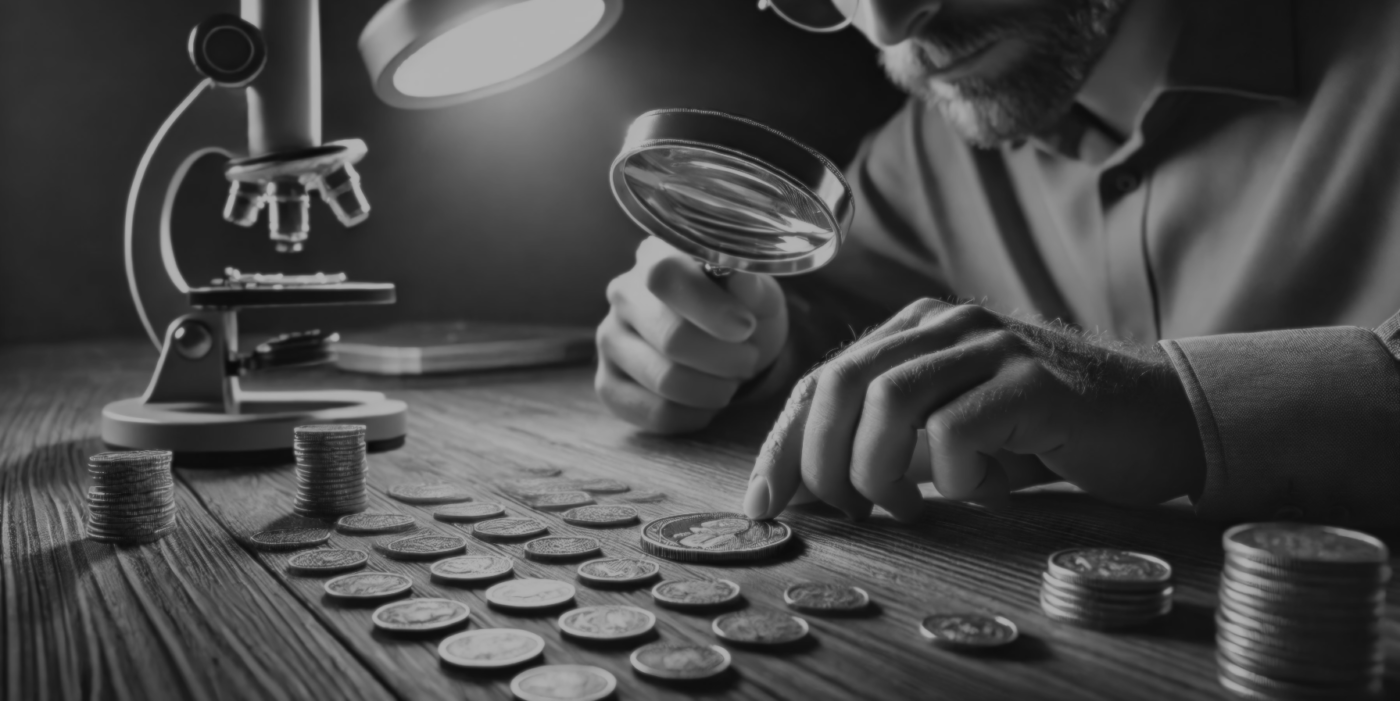Coin Collecting Terminology: A Glossary for Beginners
🌟 For newcomers to the world of coin collecting, understanding the terminology used in numismatics is crucial. This glossary will help you familiarize yourself with key terms and concepts, making your journey into coin collecting smoother and more enjoyable. Let’s dive into the essential terms every collector should know.
1. Aesthetic Quality
Refers to the visual appeal of a coin, including its design, detail, and overall appearance. High aesthetic quality can significantly impact a coin’s value and desirability.
2. Ancient Coins
Coins minted before the fall of the Western Roman Empire in 476 AD. This category includes coins from ancient civilizations such as Greece, Rome, and Egypt.
3. Assay
The process of testing a coin’s metal content to verify its authenticity and purity. Assay marks are often stamped on coins to indicate the quality of the metal.
4. Authentication
The process of verifying that a coin is genuine and not a counterfeit. Authentication involves various methods, including visual inspection, weight measurement, and sometimes advanced testing techniques.
5. Bulling
The practice of striking a coin with a specific mark or design, often to commemorate an event or to signify its origin. Bullion coins are typically made from precious metals like gold, silver, or platinum.
6. Commemorative Coin
A coin issued to celebrate or honor a specific event, person, or milestone. Commemorative coins are often produced in limited quantities and feature unique designs.
7. Die
The metal stamp used to imprint the design onto a coin. Dies are essential in the minting process and can become worn or damaged, affecting the quality of the coins produced.
8. Error Coin
A coin that contains mistakes or anomalies from the minting process. Examples include off-center strikes, double impressions, or incorrect inscriptions. Error coins can be highly collectible.
9. Field
The flat, unadorned area of a coin’s surface that surrounds the design elements. The field can sometimes exhibit signs of wear or damage that affect a coin’s overall grade.
10. Grade
A term used to describe the condition of a coin, based on its wear and preservation. Common grading scales include the Sheldon Scale, which ranges from Poor (P) to Mint State (MS) and Proof (PR).
11. Mint Mark
A small letter or symbol on a coin indicating the minting facility where it was produced. Mint marks help identify the origin of a coin and can affect its rarity and value.
12. Obverse
The front side of a coin, which typically features the main design or portrait. The obverse is often the side with the most prominent features or inscriptions.
13. Reverse
The back side of a coin, opposite the obverse. The reverse usually contains additional design elements or inscriptions related to the coin’s purpose or commemorative theme.
14. Proof Coin
A coin produced with a special minting process to achieve a high-quality finish. Proof coins are struck multiple times with polished dies and are often issued in limited quantities.
15. Relief
The raised part of a coin’s design, as opposed to the recessed areas. High relief coins have more pronounced design features, which can enhance their visual appeal and value.
16. Silver Coin
A coin primarily made of silver. Silver coins are often valued for their metal content and historical significance. They can also be issued as part of commemorative series or bullion collections.
17. Toning
The natural or artificial discoloration that can develop on a coin’s surface over time. Toning can range from subtle hues to dramatic color changes and can impact a coin’s appearance and value.
18. Uncirculated
A term used to describe coins that have never been used in everyday transactions and retain their original condition. Uncirculated coins are typically in higher-grade condition compared to circulated coins.
19. Variety
A term used to describe a specific version of a coin that differs from others due to minor design changes or minting errors. Varieties can be of particular interest to collectors seeking unique specimens.
20. Worn Coin
A coin that shows signs of significant wear due to circulation. Worn coins have reduced detail and can be graded as lower quality compared to uncirculated or high-grade coins.
21. Zinc Coin
A coin made primarily of zinc, often used in modern coinage due to its low cost. Zinc coins may be alloyed with other metals to improve their durability and appearance.
22. Numismatics
The study or collection of coins, currency, and related objects. Numismatics encompasses various aspects of coin collecting, including historical, artistic, and financial elements.
Disclaimer: The information provided in this blog post is for educational purposes only and does not constitute professional advice. Always consult with experts or professionals for specific guidance related to coin collecting and numismatic activities.

